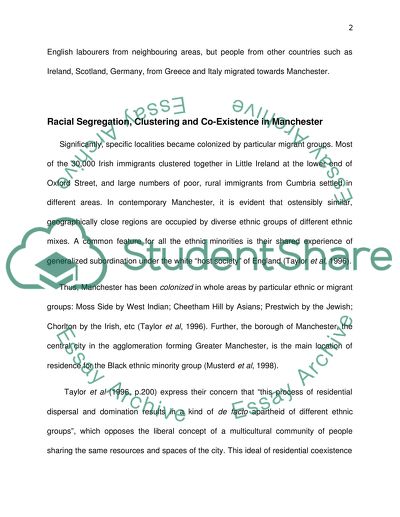Cite this document
(Manchester - its Cultural Diversity Essay Example | Topics and Well Written Essays - 1500 words, n.d.)
Manchester - its Cultural Diversity Essay Example | Topics and Well Written Essays - 1500 words. https://studentshare.org/geography/1569145-how-is-the-cultural-diversity-of-manchester-reflected-in-the-city-today
Manchester - its Cultural Diversity Essay Example | Topics and Well Written Essays - 1500 words. https://studentshare.org/geography/1569145-how-is-the-cultural-diversity-of-manchester-reflected-in-the-city-today
(Manchester - Its Cultural Diversity Essay Example | Topics and Well Written Essays - 1500 Words)
Manchester - Its Cultural Diversity Essay Example | Topics and Well Written Essays - 1500 Words. https://studentshare.org/geography/1569145-how-is-the-cultural-diversity-of-manchester-reflected-in-the-city-today.
Manchester - Its Cultural Diversity Essay Example | Topics and Well Written Essays - 1500 Words. https://studentshare.org/geography/1569145-how-is-the-cultural-diversity-of-manchester-reflected-in-the-city-today.
“Manchester - Its Cultural Diversity Essay Example | Topics and Well Written Essays - 1500 Words”. https://studentshare.org/geography/1569145-how-is-the-cultural-diversity-of-manchester-reflected-in-the-city-today.


